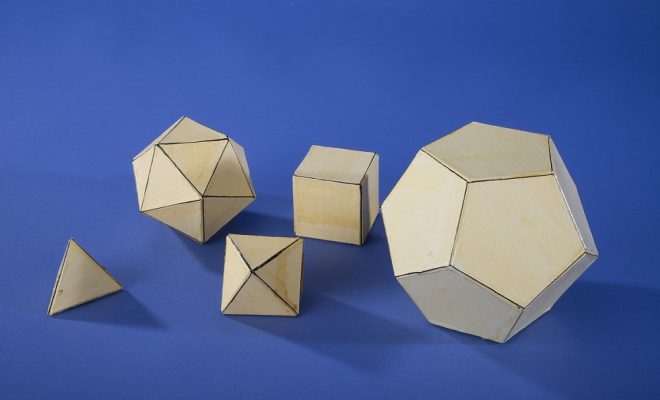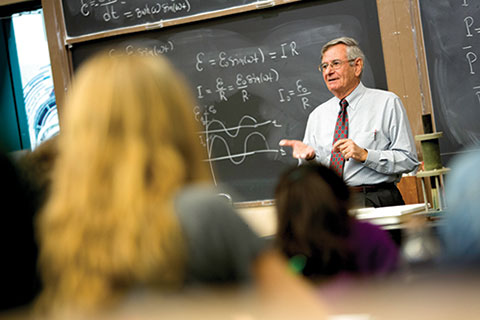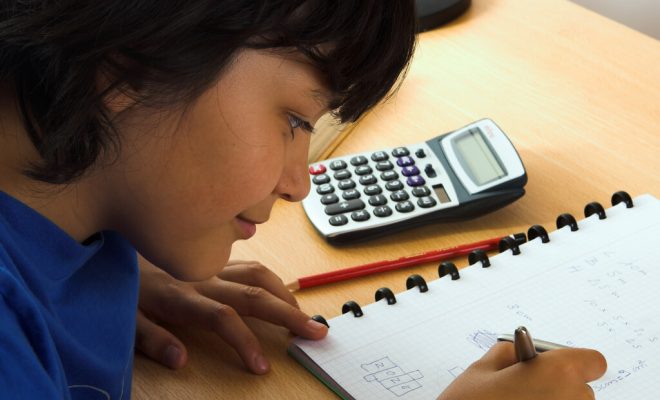Activities to Teach Students to Identify Physical and Chemical Changes

As a teacher, it is important to ensure students understand the differences between physical and chemical changes. Helping them distinguish between the two is crucial in developing a deep understanding of science concepts. Here are some activities that can be used to teach students how to identify physical and chemical changes.
1. Simple experiments
Conducting simple experiments is an effective way to help students understand the differences between physical and chemical changes. For example, you can take an iron nail and place it in a beaker with vinegar. Over time, the acid in the vinegar reacts with the iron to produce iron acetate, which shows a chemical change. While demonstrating, talk to your students about the changes and make a clear distinction between what happens when physical changes occur as opposed to chemical changes.
2. Compare physical and chemical changes
Another method is to give students a side-by-side comparison of physical and chemical changes. You can create two columns on the board or in a worksheet, and ask the students to identify physical and chemical changes. You could give a scenario like melting ice cubes, rusting of iron, burning of candle wax, and crumpling of paper ball. The students should label each scenario as either a physical or chemical change.
3. Sorting activity
Another way to engage students while teaching them to identify physical and chemical changes is by using sorting activities. You can find images of different scenarios or real-life examples of physical and chemical changes and ask the students to sort the images into two groups – physical and chemical changes. This approach helps to keep the learners involved as they learn to differentiate physical and chemical change in a fun and interactive way.
4. Interactive online games
In today’s technological world, one excellent way to get students interested in learning about physical and chemical changes is through interactive gaming. Websites such as Kahoot, Quizlet, and Quizizz have a vast collection of games related to science education. These games are an interactive way to incorporate learning into practical experience. There are numerous games available for students to learn about different topics, including physical and chemical changes.
5. Real-life applications
The simple and everyday scenarios of physical and chemical change around us can often be used to educate and inspire students. Take an example of how we boil an egg. While boiling eggs, students can be shown the chemical changes that take place. The heat from boiling water causes a chemical reaction in the egg’s proteins, causing it to coagulate.
Conclusion
In conclusion, helping students distinguish between physical and chemical changes is essential to their science education. These activities are some of the ways to make science learning fun and interactive, enabling students to develop a deep understanding of physical and chemical changes. The approach encourages the students to focus and pay attention to the changes in their surroundings and apply their knowledge to different situations.






